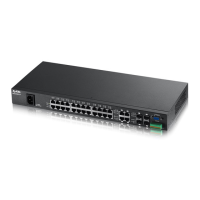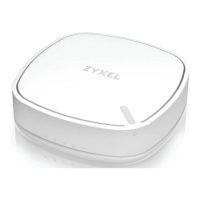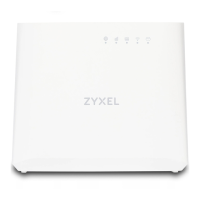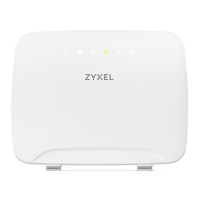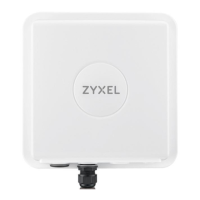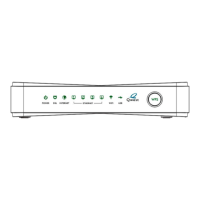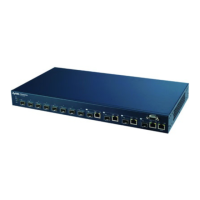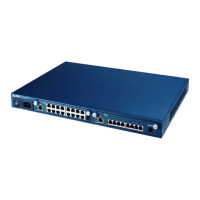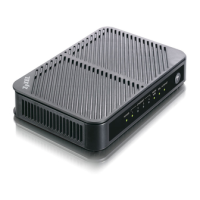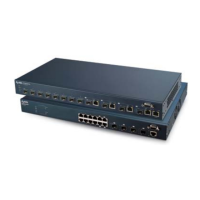Chapter 38 Product Specifications
MES-3728 User’s Guide
300
External Alarm Jack Supports input from four external alarms or other devices and output to one
device.
External ALARM
connector
Voltage rating: 125 V
Stranded Wire Gauge: 20 ~ 28 AWG
Wire strip length: 6 ~7 mm
Table 118 Firmware Specifications
FEATURE DESCRIPTION
Default IP Address In band: 192.168.1.1
Out of band (Management port): 192.168.0.1
Default Subnet Mask 255.255.255.0 (24 bits)
Administrator User Name admin
Default Password 1234
Number of Login Accounts
Configurable on the Switch
4 management accounts configured on the Switch.
Authentication via RADIUS and TACACS+ also available.
VLAN A VLAN (Virtual Local Area Network) allows a physical network to be
partitioned into multiple logical networks. Devices on a logical network
belong to one group. A device can belong to more than one group. With
VLAN, a device cannot directly talk to or hear from devices that are not in
the same group(s); the traffic must first go through a router.
VLAN Stacking Use VLAN stacking to add an outer VLAN tag to the inner IEEE 802.1Q
tagged frames that enter the network. By tagging the tagged frames
(“double-tagged” frames), the service provider can manage up to 4,094
VLAN groups with each group containing up to 4,094 customer VLANs.
This allows a service provider to provide different service, based on
specific VLANs, for many different customers.
MAC Address Filter Filter traffic based on the source and/or destination MAC address and
VLAN group (ID).
DHCP (Dynamic Host
Configuration Protocol)
Relay
Use this feature to have the Switch forward DHCP requests to DHCP
servers on your network.
IGMP Snooping The Switch supports IGMP snooping, enabling group multicast traffic to
be only forwarded to ports that are members of that group; thus allowing
you to significantly reduce multicast traffic passing through your Switch.
Differentiated Services
(DiffServ)
With DiffServ, the switch marks packets so that they receive specific per-
hop treatment at DiffServ-compliant network devices along the route
based on the application types and traffic flow.
Two Rate Three Color
Marker
Two Rate Three Color Marker (trTCM, defined in RFC 2698) is a type of
traffic policing that identifies packets by comparing them to two user-
defined rates: the Committed Information Rate (CIR) and the Peak
Information Rate (PIR).
Classifier and Policy You can create a policy to define actions to be performed on a traffic flow
grouped by a classifier according to specific criteria such as the IP
address, port number or protocol type, etc.
Queuing Queuing is used to help solve performance degradation when there is
network congestion. The following scheduling services are supported:
Strict Priority Queuing (SPQ) Weighted Round Robin (WRR), and
Weighted Fair Queuing (WFQ). This allows the Switch to maintain
separate queues for packets from each individual source or flow and
prevent a source from monopolizing the bandwidth.
Table 117 Hardware Specifications
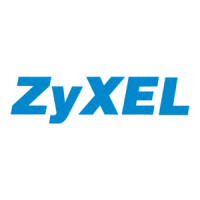
